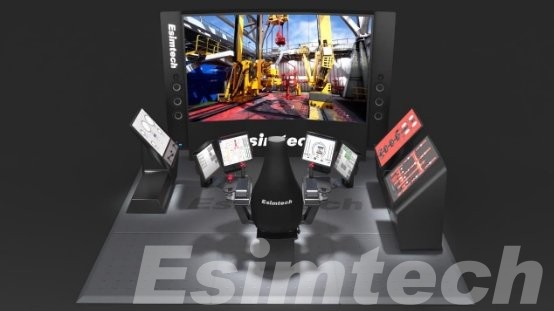The Drilling Operations Playground
The Cyberchair Drilling Simulator is like a Swiss Army knife for drilling scenarios. Let’s start with the normal stuff. First up, we have the normal tripping operations. Think of it as the “everyday commute” for the drill string. You’re carefully raising and lowering the drill string in and out of the wellbore, making sure everything moves smoothly, just like a well - oiled (pun intended) machine. Then there’s normal drilling, where the drill bit starts chewing through the rock layers, slowly but surely creating the wellbore. It’s a bit like using a super-powerful drill to make a really, really deep hole.

Decoding Well Control Methods
Now, let’s talk about the different ways to get that well back under control, because when things go haywire down there, you need a game plan. The first one is the Driller’s Method of well killing. It’s like a two - step dance. First, you circulate out the kick fluid using a kill weight mud at a constant low pump rate. Once that’s done, you then circulate the kill weight mud through the entire wellbore to balance the formation pressure. It’s great for situations where you have a relatively small kick and need a straightforward approach.
The Engineer’s Method is a bit more like a calculated formula. Here, you immediately shut in the well, calculate the exact kill weight mud needed based on the shut - in pressures, and then circulate that precise mud through the wellbore in one go. It’s ideal when you have the time and resources to do the detailed calculations and want to get the job done in one circulation.
The Volume Method is like a detective game. Instead of relying on continuous circulation, you measure the volume of fluid in the wellbore and the influx. By carefully controlling the release of mud and monitoring the volumes, you can bring the well back to a stable state. It’s useful in situations where you might have limited circulation capabilities or when dealing with certain types of kicks.
The Low - Throttle Method is all about finesse. You control the well pressure by carefully adjusting the choke opening to maintain a low, steady backpressure. It’s a bit like driving a car in stop - and - go traffic, where you need to be very precise with your “gas” (or in this case, choke) control. This method is handy when you want to minimize the impact on the formation and avoid any potential damage.
And then there’s the Hard Shut - In. It’s the no - nonsense, immediate response. You quickly close the wellbore with the blowout preventer, almost like slamming a door shut to keep out an unwanted guest. This method is used when you need to act fast, such as in the case of a sudden and large influx, but it can also create some pressure spikes, so it needs to be used with caution.